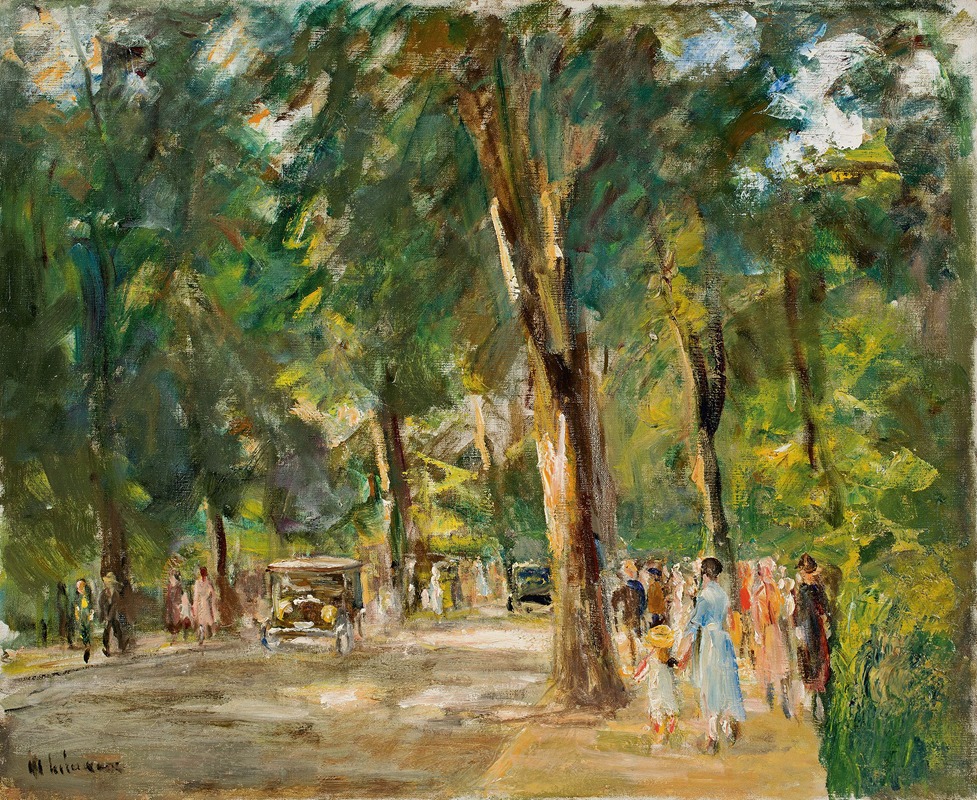
Die Große Seestraße in Wannsee mit Spaziergängern
A hand-painted replica of Max Liebermann’s masterpiece Die Große Seestraße in Wannsee mit Spaziergängern, meticulously crafted by professional artists to capture the true essence of the original. Each piece is created with museum-quality canvas and rare mineral pigments, carefully painted by experienced artists with delicate brushstrokes and rich, layered colors to perfectly recreate the texture of the original artwork. Unlike machine-printed reproductions, this hand-painted version brings the painting to life, infused with the artist’s emotions and skill in every stroke. Whether for personal collection or home decoration, it instantly elevates the artistic atmosphere of any space.
"Die Große Seestraße in Wannsee mit Spaziergängern" (The Large Seestrasse in Wannsee with Strollers) is a painting by the German Impressionist artist Max Liebermann. Created in 1924, the work exemplifies Liebermann's mature style, characterized by his loose brushwork, vibrant use of light, and focus on everyday scenes. The painting depicts a serene view of the Große Seestraße, a prominent street in the Wannsee district of Berlin, Germany, with figures strolling along the path. The composition captures the interplay of natural light filtering through the trees, creating a tranquil and idyllic atmosphere.
Max Liebermann (1847–1935) was one of the leading figures of German Impressionism and a key proponent of modern art in Germany. He was known for his depictions of bourgeois leisure activities, landscapes, and scenes of everyday life. Liebermann's connection to Wannsee was particularly significant; he owned a summer house on the shores of Lake Wannsee, which became a frequent subject of his paintings. The villa, now the Max Liebermann Villa, serves as a museum dedicated to his life and work.
The painting reflects Liebermann's interest in capturing the harmony between humanity and nature. The figures in the scene are integrated into the landscape, emphasizing a sense of peaceful coexistence. The Große Seestraße, a tree-lined avenue, provides a picturesque setting that highlights Liebermann's skill in rendering light and shadow. The dappled sunlight on the path and the foliage demonstrates his mastery of Impressionist techniques.
"Die Große Seestraße in Wannsee mit Spaziergängern" is part of Liebermann's broader body of work that celebrates the beauty of everyday life and the natural environment. The painting is housed in the collection of the Alte Nationalgalerie (Old National Gallery) in Berlin, Germany, which holds a significant number of Liebermann's works. The Alte Nationalgalerie is part of the Berlin State Museums and is renowned for its collection of 19th-century art.
Liebermann's art faced challenges during his lifetime, particularly during the rise of the Nazi regime in Germany. As a Jewish artist, his work was denounced, and he was forced to resign from his position as president of the Prussian Academy of Arts in 1933. Despite these challenges, Liebermann's legacy as a pioneer of modern art in Germany endures, and his works continue to be celebrated for their artistic and historical significance.
This painting remains an important example of Liebermann's contribution to Impressionism and his ability to capture the essence of his surroundings with sensitivity and skill.





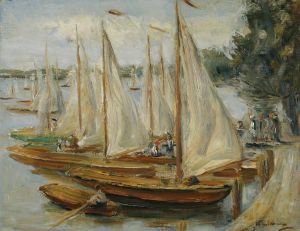
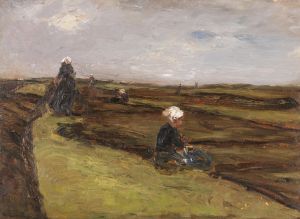

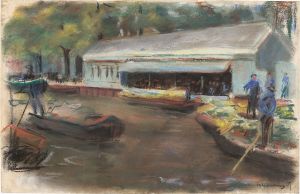
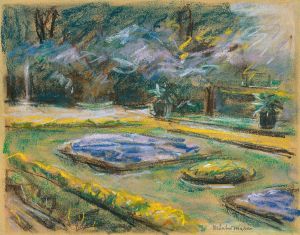
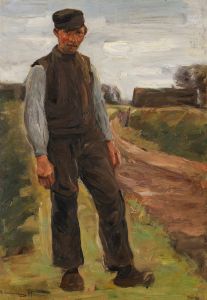

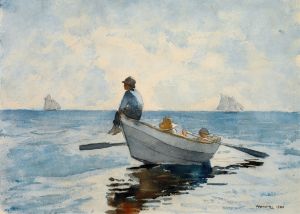
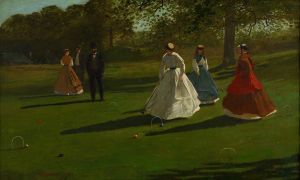
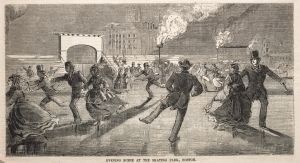
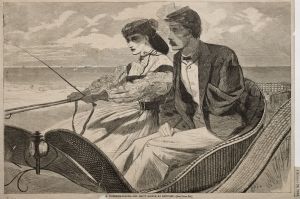
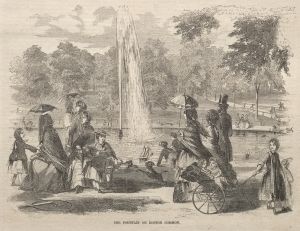
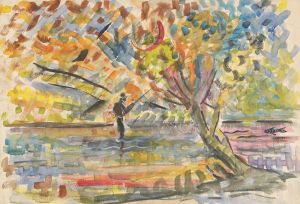
![Proposed treatment for roller rink, Elizabeth, N.J.] [Wall elevations, royal scheme](/imgs/249389/s/winold-reiss-proposed-treatment-for-roller-rink-elizabeth-nj-wall-elevations-royal-scheme-1c7e4bf2.jpg)